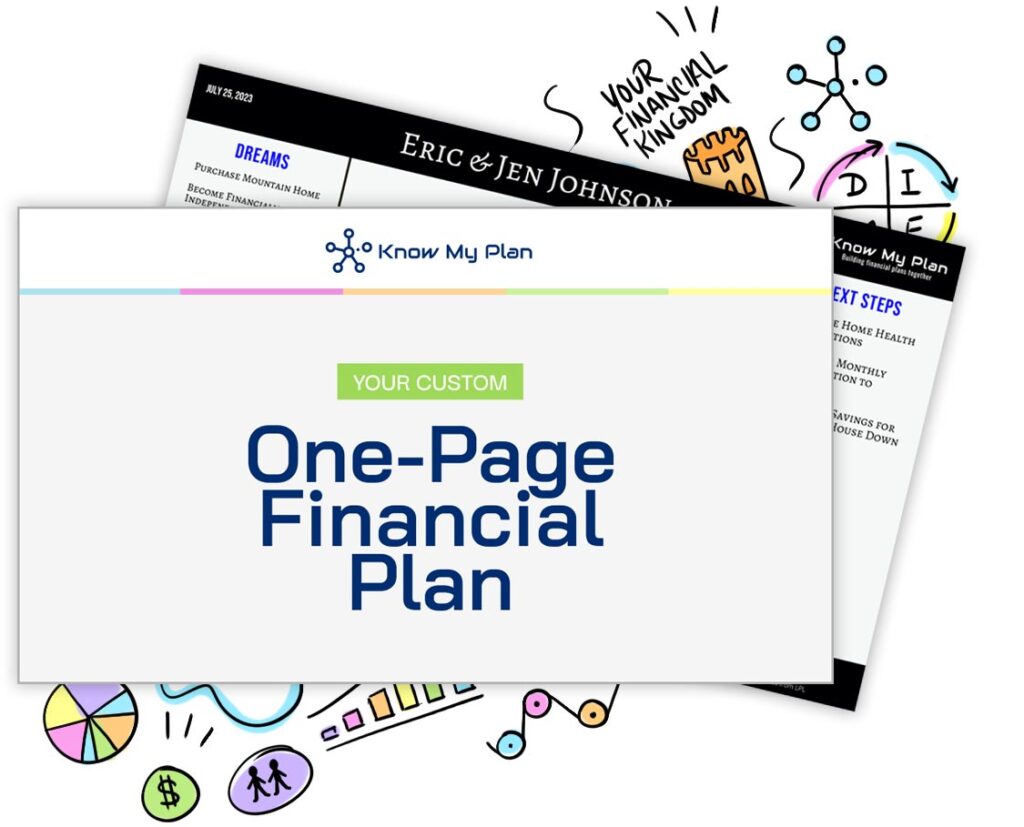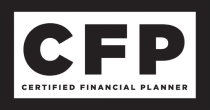Recently, we had an intro conversation with a 30-year-old, getting ready to really start adult life:
- High-achieving, very good income
- Engagement ring shopping
- Preparing for a future down payment on a house
- Investing enough in the employer 401k to receive the full match
- No brokerage account
Throughout our conversation I probably shared more with him than he needed, or wanted 🤷♂️
But it also got me thinking, as not long ago I celebrated another birthday—which is always a great time for self-reflection.
—
Over the past 20 years, I’ve lived in five houses, across three states, gotten married, adopted three children, and started and manage a thriving business.
Outside of getting married and buying our first house, I wouldn’t have accurately predicted this journey.
As I sit back, there’s some things I would’ve done differently:
- Invested less in 401k’s! Sure, it sounds prudent to max out your 401k, but you lose access to that money for decades.
- Invested more in Roth IRAs. Investing at a lower tax rate with access: We’re likely not earning as much early in our careers as we will later on. By focusing on the Roth IRA early we’re likely in a lower tax bracket at this stage and all the while maintaining access to our contributions (which would’ve helped with funding our children’s adoptions).
- Built an adequate emergency fund and increased it as my lifestyle matured.
- While not tax efficient, I wish I would’ve focused on building my brokerage account. Again, invested for long-term growth with liquidity (access).
Food for thought:
Often times the cliché thing you hear from financial planners and financial planning software tends to be the rigid advice that you need to maximize EVERY tax benefit.
If I could go back 20 years, I would’ve gladly paid a little more tax along the way to have a few more options (again, access). Thankfully, I’m not too old to learn new tricks.
Today: I am striving for balance in our investment accounts between taxable (brokerage), tax-free (Roth), and tax-deferred (pre-tax IRA’s & 401k’s).
Personally, that means investing a higher percentage into our taxable brokerage account to “catch-up.” After all, our brokerage account is the one we have BIG plans for: Vacations, weddings, grandchildren, family gatherings, new business ventures, etc…
Not to mention, I have no idea what the future holds for future tax law changes. By diversifying money across all three “buckets,” we have the best chance of mixing and matching distributions to fund our lifestyle to make the most of whatever curveballs could come our way.
If you could go back 20 years, what would you change?
If you could clean everything up, create a financial plan, and start fresh today, what would you do?
If you or someone you’re close to is a high-achieving professional that could use help aligning their finances and establishing a financial plan, please reach out to us, we’re accepting new clients and eager to help.
Cheers, Nic
This material is for general information only and is not intended to provide specific advice or recommendations for any individual. There is no assurance that the views or strategies discussed are suitable for all investors or will yield positive outcomes. Investing involves risks including possible loss of principal.
There is no guarantee that a diversified portfolio will enhance overall returns or outperform a non-diversified portfolio. Diversification does not protect against market risk.







